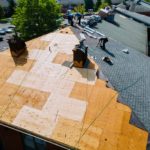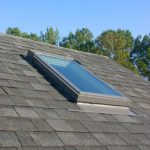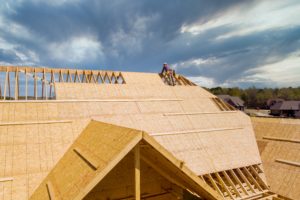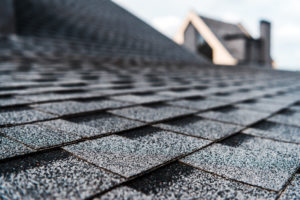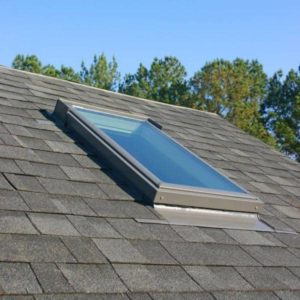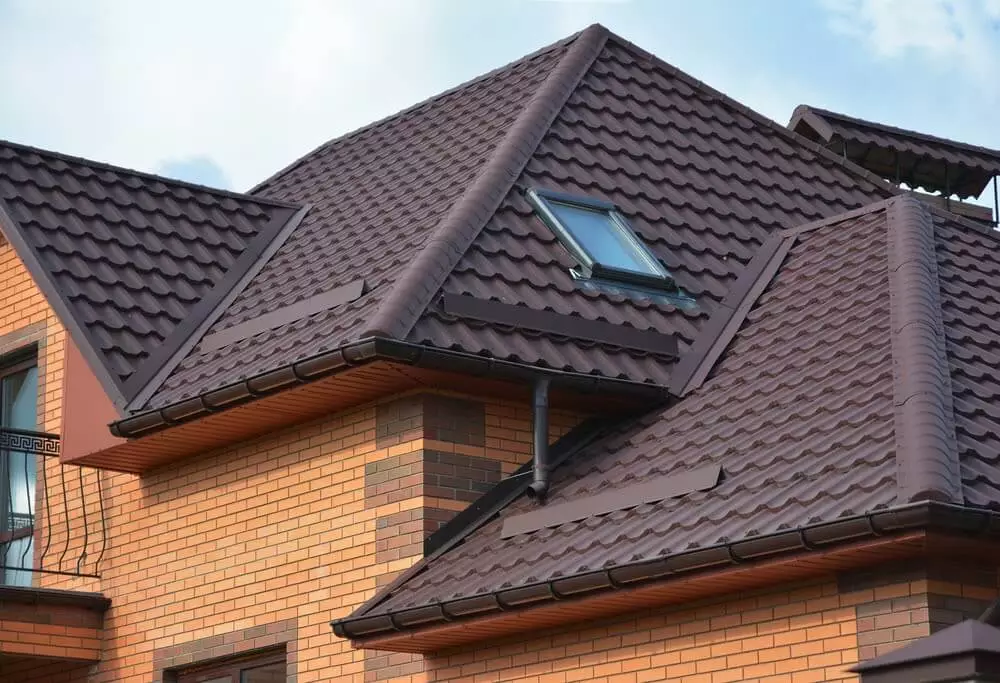
It’s no secret that a well-built roof is a vital key to a home’s weather protection and overall durability. But what many homeowners may not know is that the angle of your roof pitch matters too.
So what is a pitch?
A Roof pitch is simply the angle at which your roof slopes, and it’s expressed as a ratio – like 4:12, for example. That means for every 12 inches of horizontal measurement, your roof will rise 4 inches. A steeper roof pitch is any pitch greater than 3:12, while a shallower roof pitch is anything between 2:12 and 3:12.
Why does the pitch matter?
For one, it affects how well your home can shed water and snow. A steeper pitch will help your roof shed water and snow more effectively, while a shallower pitch may leave your home vulnerable to leaks and other damage. In addition, your pitch also plays a role in the overall aesthetics of your home. A steeply-pitched roof can give your home a more dramatic look, while a shallower pitch may be more subtle.
How can I measure the pitch of my roof?
There are a few different ways to do this. One way is to use a level and a tape measure. First, find the highest point on your roof and place the level down at the ridge. Then, measure from the top-level down to the edge of your roof; the number you get is the pitch of your roof.
Another way to measure roof pitch is by using a protractor. This method is more accurate than using a level and could save you from having to climb on the roof. First, find the center of your roof and mark it. Then, measure from the center point – out to the edge of your roof. Once you have this measurement, you can use a protractor to find the angle of your roof.
*Sidenote – Please use a harness when walking on your roof and if you don’t have one, call us for a free inspection instead.
What are the advantages/disadvantages of a steep roof pitch?
Pros:
- Weather Benefits: The steep angle prevents buildup and supports proper rain flow
- Resale Value: A steep roof implies durability, appealing to potential home buyers.
- Aesthetics: It can be a unique design that stands out in your neighborhood
Cons:
- Higher Costs: It’s more challenging to construct than a shallow pitch and thus is more expensive.
- Difficult Maintenence: It is more likely to experience leaks and structural damage problems and is more challenging to fix.
- Utility costs: A steep pitch is less energy-efficient than a shallow pitch, as it allows heat to escape more easily.
What are the advantages/disadvantages of a shallow roof pitch?
Pros:
- Eco Friendly: A shallow roof can help reduce the amount of heat loss in your home during the winter months.
- Potentially more space: it can add extra living space to your home since you won’t have much attic.
- Installation: A shallow pitch is easier to walk on and, therefore, easier to maintain.
Cons:
- Material Costs: you’ll need more roofing material to cover the same area as you would with a steeper pitch
- More Maintenence: Snow, rain, and debris tend to accumulate faster on a shallower pitch
- Natural Light: shallower the pitch, the more likely it is that there will be windows near the top of the walls
Even if you don’t plan on installing a new roof anytime soon, it’s still important to know your roof’s pitch as well as all of the pros and cons of different pitches. Consider these insights the next time you plan a major home improvement project, and you’ll save time and money.

